Finally got chance to develop 2 rolls: APX100 in Diafine (5+5@20C) and Acros in 510-pyro semi-stand (1:300@21C, 30 mins, continuous inversion for the 1st min and 30 secs gentle inversion at 10, 20 mins). There is no post scan processing for all attached photos except for scaling.
It's not a strictly apple-to-apple comparison because of 2 different films souped in 2 different developers. Also both rolls were taken at different time, about 3 weeks apart from each other (apx 1st, acros 2nd), so the tree leaves changed color on one large maple tree. Nevertheless, it's still interesting to observe some differences.
For Acros@EI200, it seems that in 1 stop push (via 510-Pyro) the highlight is a little blown out comparing with 2-bath (Diafine) for the low contrast (LC) scene. But the overall tone in 510-Pyro is not compressed as much as in Diafine, so the LC scene appears to be a little less "muddy" in 510-pyro push. The shade separation also seems to be a little better in 510-Pyro than in Diafine(or maybe this is just some personal wishful thinking). However, for the high contrast (HC) scene, at EI200, I personally like the crispy highlight rendered in Diafine than 1 stop push in 510-Pyro. Also the loss in shadow details is (significantly?) less in Diafine.
Diafine_APX100_HC_EI100:
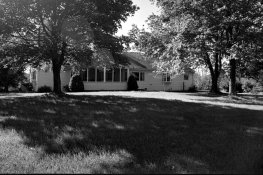 Diafine_APX100_LC_EI100:
Diafine_APX100_LC_EI100:
 Diafine_APX100_HC_EI200:
Diafine_APX100_HC_EI200:
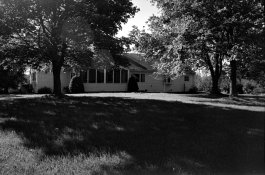 Diafine_APX100_LC_EI200:
Diafine_APX100_LC_EI200:
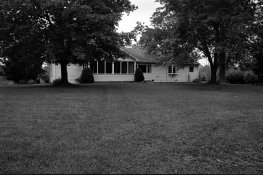 510Pyro_ACROS_HC_EI100:
510Pyro_ACROS_HC_EI100:
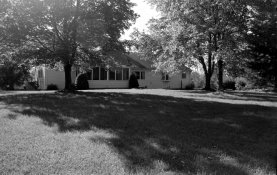 510Pyro_ACROS_LC_EI100:
510Pyro_ACROS_LC_EI100:
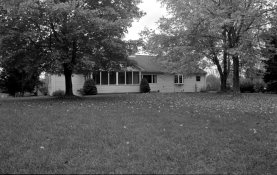 510Pyro_ACROS_HC_EI200:
510Pyro_ACROS_HC_EI200:
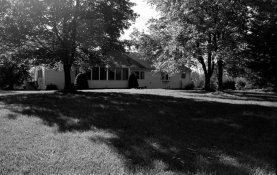 510Pyro_ACROS_LC_EI200:
510Pyro_ACROS_LC_EI200:

For some still subjects with only natural ambient light available, indoor or outdoor, I only tried 1-stop push in 510-Pyro. I think I like the a little higher contrast I got from EI200 with Acros.
510Pyro_BARK_EI100:
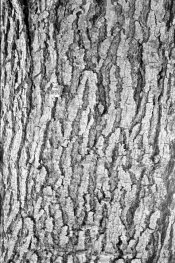 510Pyro_BARK_EI200:
510Pyro_BARK_EI200:
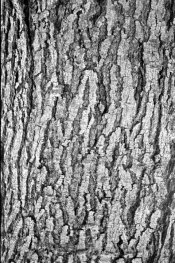 510Pyr
510Pyr RCHID_EI100:
RCHID_EI100:
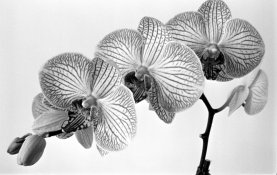 510Pyr
510Pyr RCHID_EI200:
RCHID_EI200:
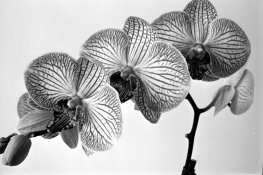
I haven't printed test negatives on VC paper yet, but I believe that can be done easily well just by visually inspecting them. The APX100 density is very uniform from Diafine, while Acros carries very light (if not faint) stain from 510-Pyro at 1:300 dilution. The 30 mins figure I used for 510-Pyro comes from 6 (Acros@EI100) x 1.4 (1-stop push in compensating dev) x 3 (1:300 dilution) x 1.2 (20-25% compensation).
In summary, IMO there is no clear winner. But for my travel in an overcast or rainy weather, I think I will bank on the 1-stop push via 510-Pyro more than on Diafine. What do you think?




















 RCHID_EI100:
RCHID_EI100:

